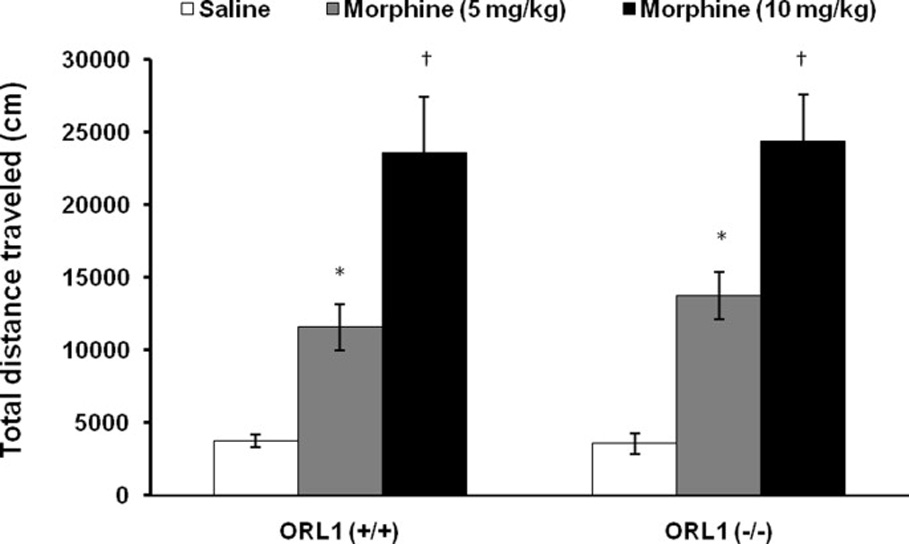Fig. 2. The motor stimulatory action of morphine was not altered in mice lacking the ORL1 receptor.

Mice lacking the ORL1 receptor [ORL1 (−/−)] and their wild-type littermates [ORL1 (+/+)] were habituated to motor activity chambers for one hour, then injected with morphine (0, 5 or 10 mg/kg, s.c.) and motor activity was recorded for an additional one hour (4 × 15-min bins; Fig. 2A). Data are presented as mean (±SEM) of the entire one hour test period of 7–8 mice per genotype. *indicates a significant increase as compared to their respective saline-treated groups (p<0.05). †indicates a significant increase as compared to saline- and morphine (5 mg/kg)-treated groups (p<0.05).
